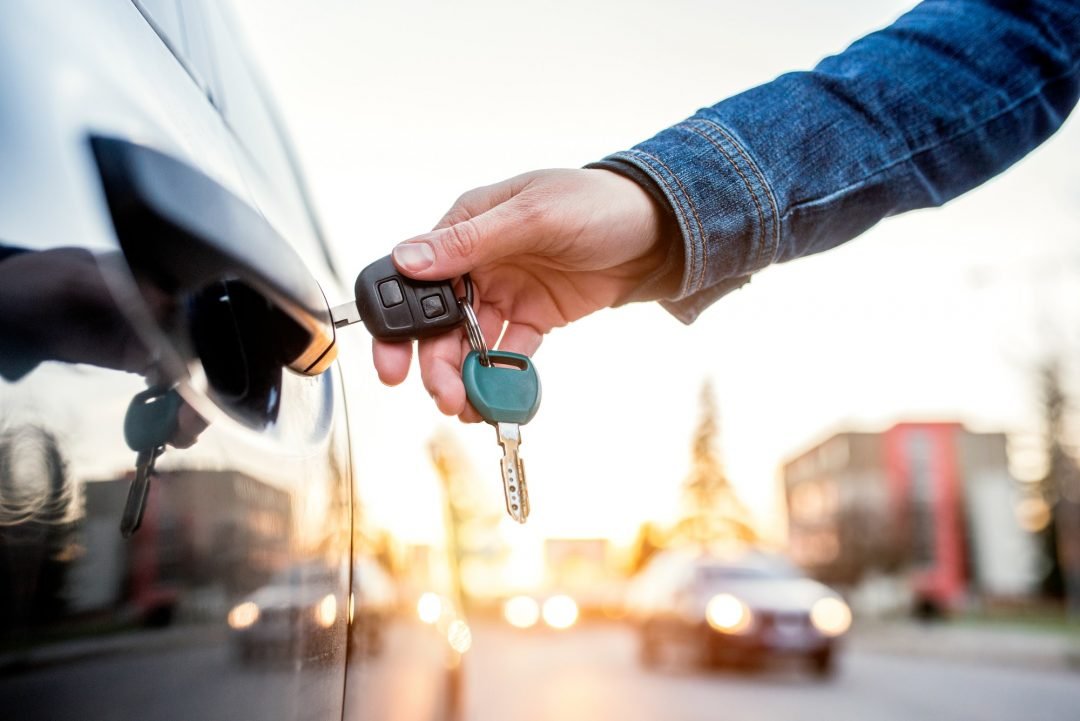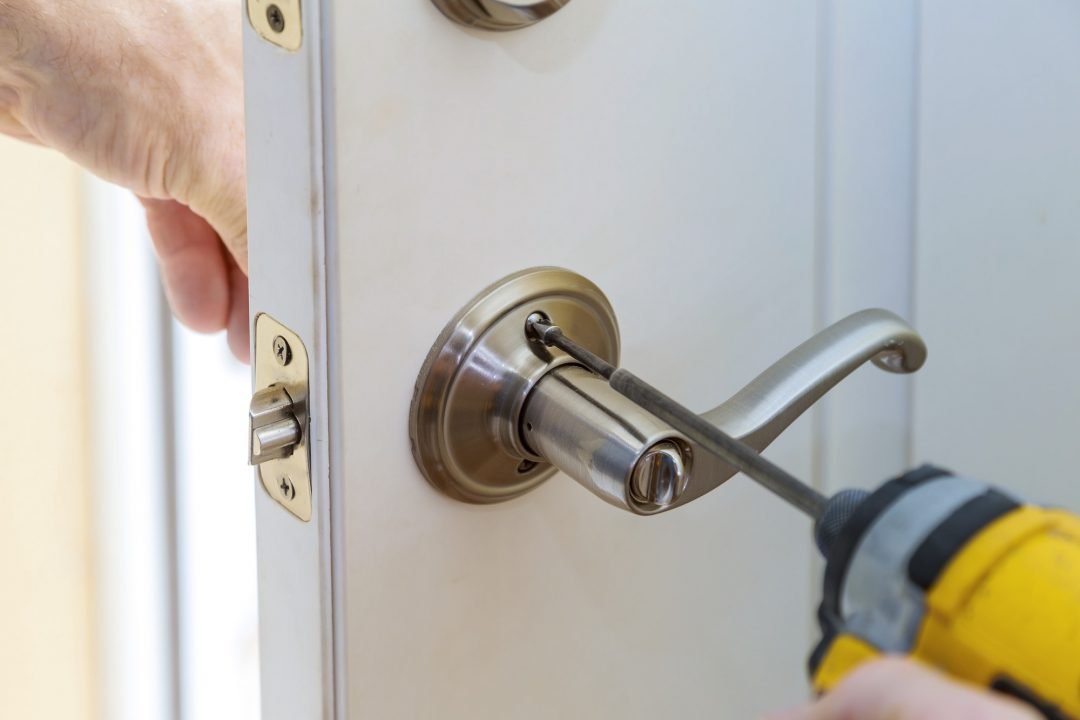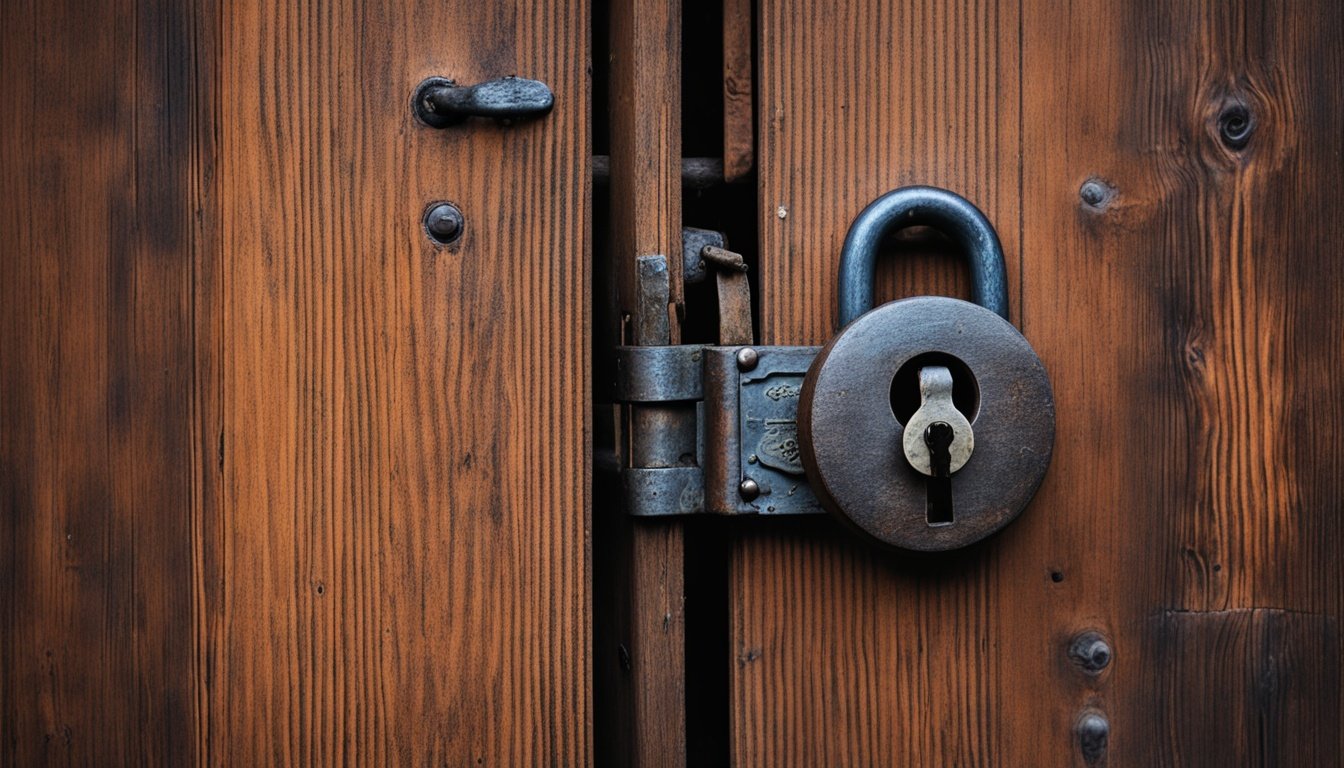Master key systems are essential for enhancing security and managing access in various settings, from residential buildings to commercial properties. These systems allow authorized individuals to access multiple areas with a single key, while restricting others’ entry. This feature is particularly beneficial for businesses, schools, and large facilities, where managing numerous keys can be cumbersome and inefficient.

In Brighton, master key systems provide a tailored solution to meet the specific needs of different environments. They simplify access for staff and maintenance teams, making operations smoother and more secure. Companies offering these systems often combine them with advanced security measures, ensuring that sensitive areas are protected from unauthorized entry while still providing necessary access to trusted personnel.
For anyone considering a master key system, it’s crucial to understand the range of options available. From restricted key designs to electronic access control, these systems can be adapted to fit the requirements of various properties, ensuring both convenience and security.
Understanding Master Key Systems

Master key systems are essential for managing access to various areas in buildings. They provide a balance between security and convenience. This section will explore the definitions, types, and benefits of these systems in detail.
Definition and Basic Principles
A master key system uses a hierarchy of keys to control access to locks. The primary key, known as the master key, can open multiple locks within a group. Change keys are also used, which can open specific locks but not all.
This type of system allows managers and supervisors to have access to many areas without needing separate keys for each lock. It is especially useful in large facilities, such as schools or apartment buildings, ensuring effective security and ease of use.
Types of Master Key Systems
Master key systems can vary based on their design and application. Two common types include:
- Traditional Systems: These are standard setups where one master key opens multiple locks, and each lock has its own change key.
- Hierarchical Systems: These are more sophisticated, with multiple levels of access. For example, a building manager may have a key that opens all locks, while staff may have keys to specific areas only.
Both types help organisations manage access effectively, improving security while simplifying key management.
Benefits for Security and Access Control
Master key systems enhance security in several ways.
Firstly, they reduce the number of keys that need to be managed. This decreases the likelihood of lost keys.
Additionally, by limiting access through change keys, building managers can better control who enters restricted areas.
Using a master key system improves efficiency in accessing different areas. For example, emergency responders can access necessary locations quickly during urgent situations.
In summary, organisations can benefit from improved control, security, and effective access management using master key systems.
Key Components of Master Key Systems

Master key systems have essential parts that ensure security and ease of access. Understanding these components helps in making informed decisions about their design and implementation.
Cylinders and Locks
Cylinders are a crucial part of any master key system. They house the mechanism that locks and unlocks doors. Each cylinder can have a unique lock allowing individual keys to work for specific doors.
The master key can unlock multiple cylinders, providing access to various areas. A typical arrangement includes standard door locks, which can be installed in homes or businesses.
When selecting locks, it’s important to consider the type of cylinder, such as those with high-security features. These locks can deter unauthorized access and ensure better protection for properties.
Key Profiles
Key profiles refer to the specific design and cut of a key. In a master key system, there are two main types of keys: master keys and change keys.
- Master Keys: These keys can open multiple locks, giving access to certain authorized people.
- Change Keys: Each lock has its own change key, which only operates that lock.
Using unique profiles for keys increases security by reducing the chance of unauthorized duplication. Key control is essential; ensuring that only trusted individuals have access to the master key limits potential risks.
Electronic vs Mechanical Systems
Master key systems can be either electronic or mechanical, each offering distinct advantages.
Mechanical Systems are traditional and operate with physical keys. They are straightforward and generally more affordable. However, they rely on physical strength and can be more easily compromised if keys are lost.
Electronic Systems utilise keypad entry or access cards and offer advanced security features. Users can change access codes without replacing locks, making them flexible. Additionally, audits of entry can be maintained, allowing for better monitoring of access.
Choosing between electronic or mechanical systems depends on specific needs, security requirements, and budget. Both types have their place in effective master key systems.
Designing a Master Key System

Creating an effective master key system requires careful planning and attention to detail. Key factors include assessing the property’s needs, structuring the hierarchy of keys, and implementing strict key control policies.
Needs Assessment for Properties
Before designing a master key system, conducting a needs assessment is vital. This involves understanding the unique requirements of each property.
Key questions to consider include:
-
What areas require access?
Identifying crucial zones helps in determining which locks need to be included. -
Who needs access?
Knowing the personnel who will use the keys aids in creating an efficient system. -
What security level is necessary?
Different areas may require varying levels of security. For instance, restricted master key systems might be appropriate for high-security zones.
This assessment ensures that the system is tailored to fit specific needs, enhancing security while providing necessary access.
Hierarchy and Structure Planning
After assessing needs, the next step is planning the hierarchy of the master key system. A well-structured system is essential for efficient access control.
The hierarchy typically includes:
-
Grand Master Keys:
These keys provide access to all locks in the system. -
Master Keys:
These keys grant access to specific areas or groups of locks. -
Change Keys:
These are used for individual locks and allow access to specific rooms or offices.
It is crucial to define the relationship between these keys clearly. This ensures that individuals have access only to areas that align with their roles while still maintaining adequate control over sensitive locations.
Key Control Policies
Implementing key control policies is a crucial step in managing a master key system. These policies prevent unauthorized access and reduce the risk of lost or stolen keys.
Important elements of key control policies include:
-
Key Issuance Procedures:
Establish who will issue keys and maintain records of who holds them. -
Key Return Processes:
Ensure all keys are returned when no longer needed. -
Lost Keys Protocols:
Develop a clear procedure for reporting and replacing lost keys.
Strong key control policies help maintain the integrity of the master key system. This ensures that access is granted only to authorized personnel, which is vital for commercial security.
Installing Master Key Systems in Various Facilities

Master key systems provide efficient access control in a variety of settings. They enhance security while allowing designated personnel easy entry to multiple areas. This section focuses on installation in commercial buildings and educational or healthcare facilities.
Commercial and Government Buildings
Installing master key systems in commercial and government buildings improves security and access management. These systems allow administrators to oversee access levels for different staff members or departments.
For instance, a building manager may have a master key that opens all office locks, while other employees possess change keys for their specific work areas.
When designing the system, it’s important to consider the volume of traffic and security requirements. High-security locks, such as those from BiLock or Lockwood, offer advanced protection against illicit entry.
Key Considerations:
- Access Levels: Define who needs access to which areas.
- Security Hardware: Use high-quality locks to resist picking.
- Maintenance: Regular inspections ensure reliability.
Educational Institutions and Hospitals
In educational institutions and hospitals, master key systems play a crucial role in both safety and convenience. These environments often require quick access to various rooms by staff while securing sensitive areas.
For schools and universities, a master key allows administrators to access classrooms, offices, and conference rooms without carrying multiple keys. This system simplifies access for teachers and staff during emergencies.
In hospitals, a well-planned key system ensures that medical personnel can reach critical areas, such as emergency rooms, without delay.
Important Factors:
- Rapid Access: Emergency needs require quick entry points.
- Interface with Security Systems: Integrate with alarms and cameras for enhanced safety.
- Student Privacy: Protect areas like staff offices and student records.
Maintaining and Upgrading Your Master Key System
Effective maintenance and upgrading of a master key system are essential for enhancing security and adapting to new needs. Proper care ensures that the system remains functional and meets current security standards.
Rekeying and System Expansion
Rekeying is a vital process when keys are lost or when personnel changes occur. It involves changing the internal tumblers of locks so that old keys no longer work. This can enhance security without requiring full lock replacement.
When a business expands or changes, the master key system must also adapt. Adding locks or adjusting permissions allows for better management of access points. Collaborating with a locksmith is important to ensure that these changes fit within the existing system design.
Migration to Electronic Systems
Transitioning from a traditional master key system to an electronic one offers numerous benefits. Electronic systems can provide remote access controls and allow for easier tracking of who enters certain areas.
Upgrading to electronic locks can improve security solutions by allowing for timed access and instant key removal when employees leave. This kind of flexibility can significantly heighten security for commercial facilities.
Security Audits and Updates
Regular security audits help businesses assess the effectiveness of their master key systems. An audit examines existing locks, keys, and overall system functionality.
Updates may be required to address identified weaknesses. Businesses should also stay informed about the latest security technologies to keep their systems current. By conducting audits every 1–2 years, they can ensure ongoing safety and effective access control.
Frequently Asked Questions
This section provides clear answers to common queries about master key systems. It covers topics such as costs, key duplication, access capabilities, advantages, security, and important factors to consider during setup.
What is the price range for installing a master key system?
The cost of installing a master key system can vary based on several factors. Generally, prices range from a few hundred to several thousand dollars. Factors include the number of locks, complexity of the system, and the specific hardware used.
Is it possible to create duplicate keys for a master key system?
Yes, duplicate keys can be created for a master key system. The process is straightforward, but it must be done through a qualified locksmith. Proper recording and security practices are important to prevent unauthorised duplication.
Will a master key provide access to all doors within a system?
A master key is designed to access multiple locks within a system. This allows designated individuals, such as managers or supervisors, to unlock all doors without needing separate keys for each. Change keys will only unlock their specific locks.
What are the advantages of implementing a master key system?
Master key systems offer several benefits. They simplify key management by reducing the number of keys needed. They also enhance security and provide convenience for users who require access to many areas or locks.
How secure are master key systems against unauthorised entry?
The security of a master key system relies on its design and implementation. While they are generally secure, vulnerabilities may exist if keys are duplicated without proper controls. Regular audits and effective lock systems can enhance overall security.
What factors should be considered when setting up a master key system?
When setting up a master key system, important factors include the number of locks, user access levels, and future expansion needs. It’s also essential to consider the quality of locks and the chosen locksmith’s expertise to ensure effective implementation.







